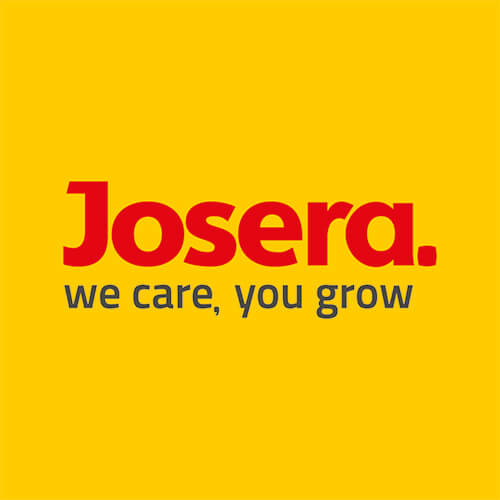What damage can mycotoxins do?
In the majority of cases, the presence of mycotoxins occurs only in a subliminal way of disease on the farm. Damage caused by mycotoxins as DON (deoxynivalenol), ZEA (zearalenone) and Ochratoxin A (OTA) manifests among others in
- reduced feed intake and utilisation (e.g. digestive disturbances, reduced rumen function)
- increased susceptibility to diseases (e.g. high somatic cell counts, high mortality rate)
- and fertility disorders (e.g. abortions, less conceptions)
Mycotoxins affect many areas of animal health and therefore always lead to reduced performance (e.g. milk yield)
If individual feed components can be identified as cause of the mycotoxin problem, they should be removed from the ration or reduced as far as possible.
Additionaly, usage of our special product Mycobond protects the animals from toxic effects and promotes detoxification process. It works by combining different modes of action:
- Binding of Mycotoxins and endotoxins for a harmless excretion
- Break-down of Mycotoxins into non-toxic degradation products
- Strengthening immunity and liver function through special active ingredients
By combining the different modes of action, Mycobond helps in cases of:
- Field fungi (Fusarium sp.): Trichothecenes (e.g. DON, T-2 toxin), zearalenone (ZEA), fumonisins
- Storage fungi (Aspergillus sp.; Penicillium sp.): Aflatoxins,
- Ochratoxin A
- Ergot fungus (Claviceps purpurea): Ergot alkaloids
- Decay products from bacteria: Endotoxins

What solutions does JOSERA offer me as a farmer?
The effects of mycotoxins are often not obvious, especially in ruminants. However, mycotoxins can severely impair rumen function and damage the immune system. Mycotoxins in feed can also lead to uterine inflammation and increasing somatic cell counts in milk.
We recommend to use MycoBond
- 50 – 100g / animal / day for prevention
- 100g / animal / day in case of slight or medium mycotoxin load
- 150g / animal / day in cases of heavy mycotoxin load
What do I get from JOSERA MycoBond?
- higher performance visible in higher milk yield and quality
- better animal health visible in reduced incidence of disease and higher conception rates
- Improved economics visible in reduced feed and veterinary costs
Conclusion
Do you have further individual questions about Mycotoxins or MycoBond? Contact our local partner or Josera specialist. We will be happy to help.
You might be interested in the following contents:
Feed fat- any effect on metabolism?
Feeding around dry cows and fresh lactating cows poses a very special challenge. Especially in the last days before birth, a high energy density is needed in the food.
How does feed influence the milk ingredients?
Milk is still one of the world’s staple foods. The development of milk production in Germany reflects the enormous performance potential of herds on farms.








